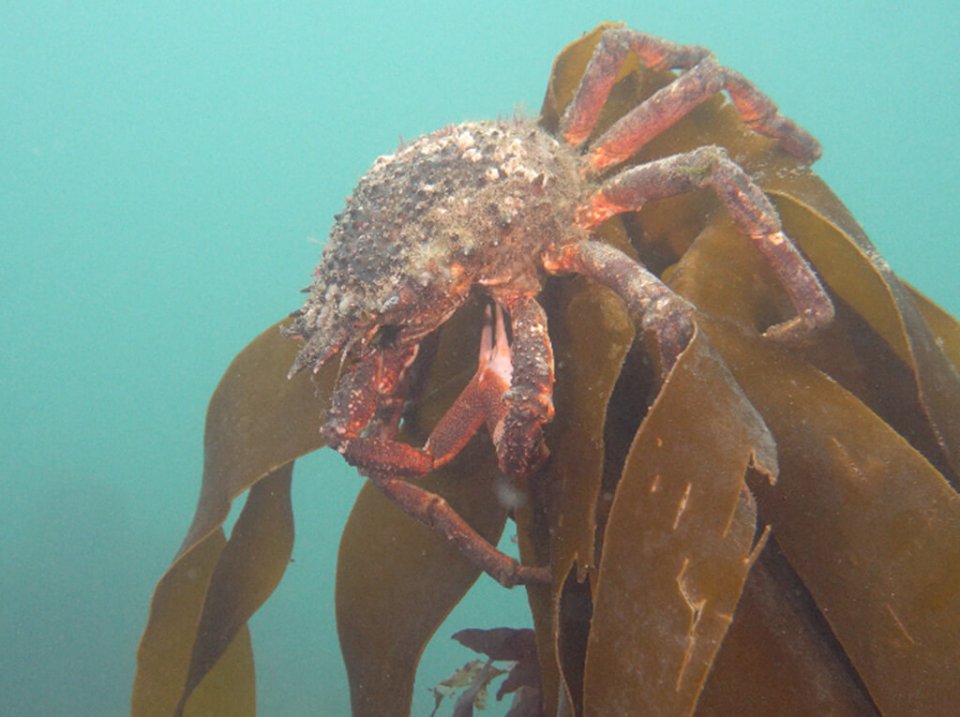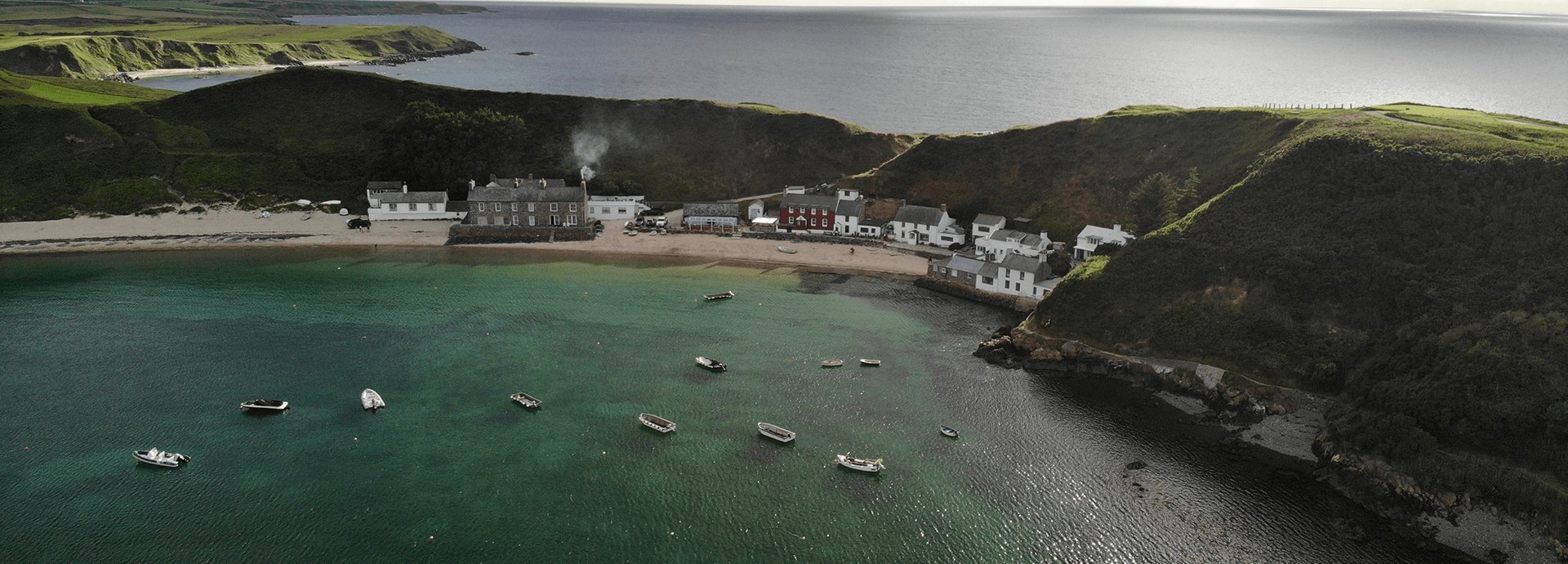Atlantic salt meadows – Glauco-Puccinellietalia maritimae
Atlantic salt meadows are a habitat type that encompass a variety of different saltmarsh communities. Atlantic salt meadows develop when halophytic vegetation (i.e. plants able to tolerate salty soil conditions) colonises soft intertidal sediments of mud and sand in areas protected from strong wave action. This vegetation forms the middle and upper reaches of saltmarshes, where tidal inundation still occurs but with decreasing frequency and duration than areas nearer to the low water mark in estuaries and coastal locations.
The Atlantic salt meadow within the SAC is located within the following estuaries of the Meirionnydd and Ceredigion coasts: the Glaslyn/Dwyryd, Artro, Mawddach and Dyfi estuaries. The saltmarsh communities of the Atlantic salt meadow vary from transitional low marsh vegetation to extreme upper marsh vegetation often dominated by sea couch Elytrigia atherica. In total these saltmarshes have zonations that include some seven different communities. The most extensive areas occur in the Dyfi Estuary with over 380 ha, while the greatest variety of vegetation types occurs in the Mawddach Estuary.
These Atlantic salt meadows are typically characterised by the presence of common saltmarsh-grass, but may also include areas characterised by other common saltmarsh species such as red fescue, sea aster or sea rush. In fact, apart from the seaward pioneer zone of Salicornia and other annuals, the Atlantic salt meadow feature constitutes all of the middle and upper saltmarsh communities, and may be divided into several different zones. There are also important transition zones into other habitats such as mires, swamps and sand dune.
A number of factors influence the distribution, extent and quality of the Atlantic salt meadow. The condition of the estuaries is currently considered to be unfavourable due to the impact of past and recent modifications.
A number of unusual communities and species are present in the Atlantic salt meadow. The SAC includes the rare Eleocharis uniglumis (slender spike-rush) saltmarsh community, which occurs locally along the west coast from the Dyfi Estuary northwards. The Atlantic salt meadow also provides habitat for a variety of rare or uncommon plant species such as sharp rush, spiral tasselweed, lax-flowered sea-lavender, dwarf spike-rush and Welsh mudwort.
Grazing by domestic stock plays a significant role in determining the character of this saltmarsh. Some areas are lightly grazed and have good vegetation structure. These may be important for breeding waders. Other areas are more heavily grazed creating stands of short turf that can form important feeding areas for wildfowl.

